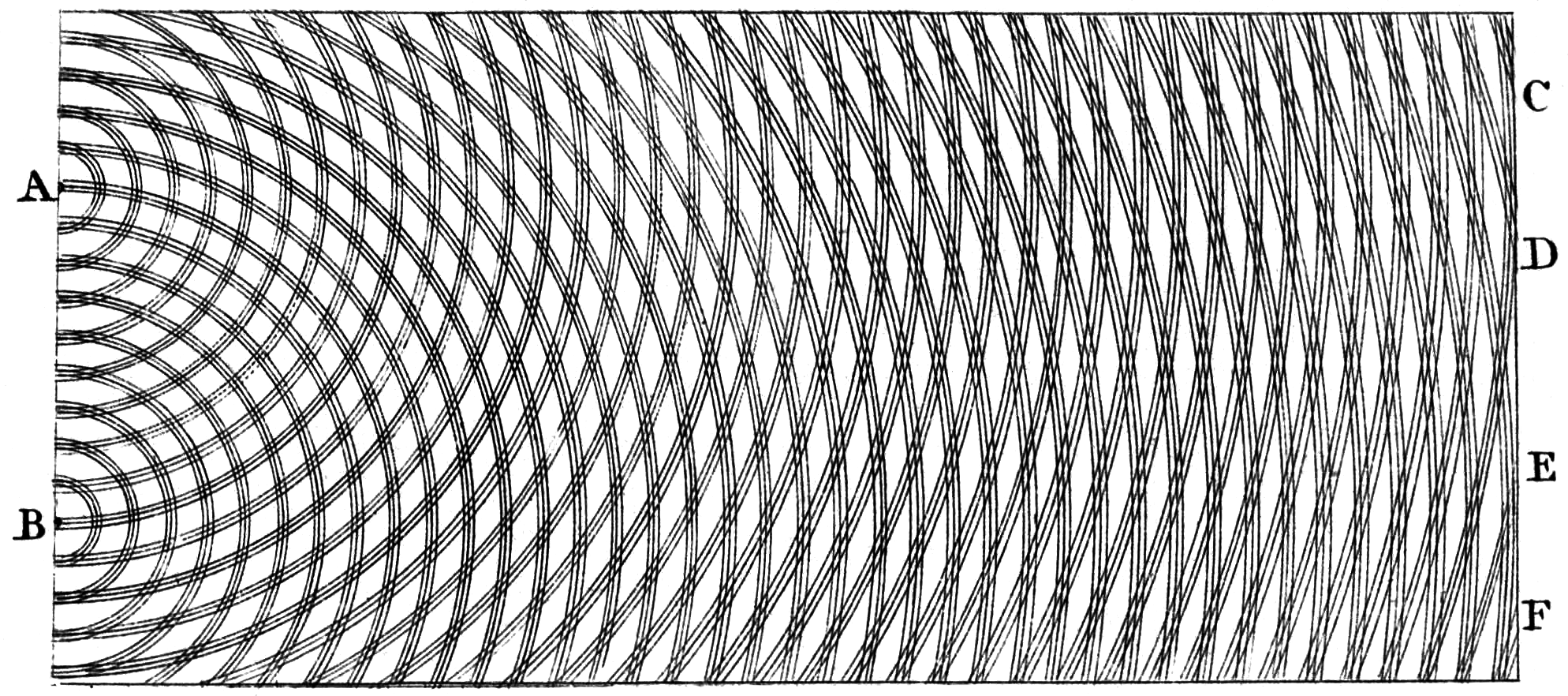Queer Diffraction
I should note here that I never was a separatist; however, I understood and understand the phenomenon as a part of my cut together/apart history.

Another Note: Objection
Feminist theorists (Western and not) have a history of critiquing “the Subject” (the Subject as Universal Man) and the “gendered objectification” that has historically been that Subject’s agenda (Asberg et al. 5). Offering a needed intervention to the larger philosophical project of object-oriented ontology (OOO), Katherine Behar explains in her collection Object-Oriented Feminism that yes, there is a such thing as object-oriented feminism (OOF), and it twists the philosophy “toward more agential, political, embodied terrain. Object-oriented feminism turns the position of philosophy inside out to study objects while being an object oneself” (3). Behar further writes that there are three important aspects of OOF: politics, which engages with the Western history of already treating some people as mere objects and others as agential subjects; erotics, which makes use of humor and unseemly entanglements of things; and, most important, ethics, or a “welcoming wrongness” by which OOF “refuses to make grand philosophical truth claims, instead staking a modest ethical position that arrives at being ‘in the right’ even if it means being ‘wrong’” (3). This “polyamorous” approach to object-oriented thought “prioritizes feminist intersectionality, which ontological framings, hinging on totality and exclusivity, would seem to overwrite” (Behar 4).
The specter of “anti-correlationality” in OOO writ large serves as a trouble spot in terms of politics. As Behar points out, “withdrawn objects suggest an end to affiliation as such, and with it the neoliberal imperative to network individuals into populations. This ambiguity should give us pause” (5). Does object withdrawal make things “more or less susceptible to regimes of control” (Behar 6)? What are the politics and ethics of OOO? Behar argues that notwithstanding Timothy Morton’s claim of the anarchic potentialities of OOO, “the self-proclaimed radicality of OOO’s discursive intervention was not matched by a radical politics” (6). Speculation needs a more material turn than object-oriented “materiality” has offered, in terms of the objectivity/objectification of politicized, raced, gendered, classed humans/objects within human/nonhuman ecologies. And it’s here that another arm of the speculative turn—new materialism—might be of use (in conjunction with OOF). As Behar explains, OOF and new materialism share a “penchant for experimentation over speculation” (13). She writes that “Where an ontologist might speculate, describing the world ‘This is the way things are,’ object-oriented feminists and feminist new materialists engage in the world using experimental praxis, ‘This is a way of being with things.’ Or more simply, ‘This is a way of being things’” (13).
In this moment, for me, instantiation entangles troubled not-quite-nostalgia, thought, direct action. Who was/am I then-now? What was/is lesbian separatism then-now? This is my think-practice, and it is here I turn toward queer diffraction. Queer/diffractive readings might help us be with these questions: what were the conditions of possibility for separatists? How did the idea of a "real" or "authentic" Subject short-circuit those possibilities? Perhaps it is that the Subject, in Euroamerican thought, is held separate from (and above) the object. In short, the question of separating troubles the question of separatists.
In the case of 1970s lesbian separatism—at least the utopian strand—the direct material engagement or “cutting together-apart” of the movement entangled woman-as-subject and woman-as-object. Authenticity prior to that instantiatory moment meant agency, the ability to speak, the power to decide. After that moment, authenticity/authority is diffracted, a collection of nostalgia and fact, becoming and being, signal and noise—an always-emergent dance of intra-action (Gries 87). What can I know about my/our history?
The following three questions, emerging from a queer diffractive reading, lie under a rhetoric of instantiation in this instance:
- What are the “agential conditions of possibility” offered? How do becoming and agency overlap in particular ecologies?
- What are the effects of the entanglements? Each presence and absence works co-substantially and materially to make some becomings possible, and to foreclose others. To what extent are future entanglements delimited?
- Most important here, what does the queer promise to such a reading?
